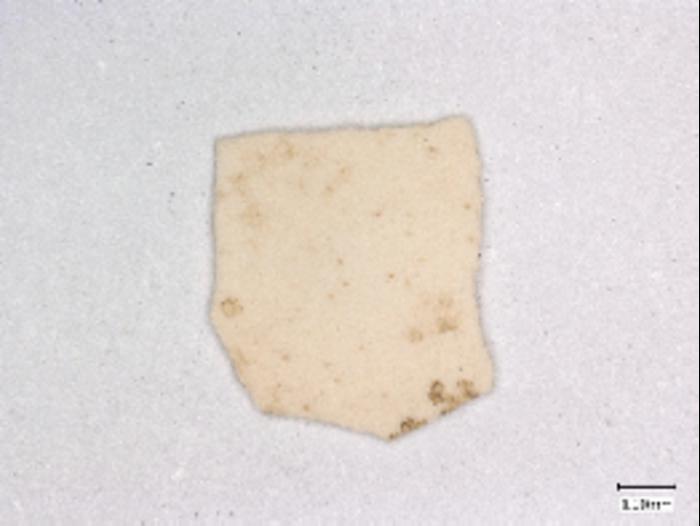Why chickens probably crossed the Silk Road

The mystery of what came first, the chicken or the egg has generally been solved–it was the egg. However, some questions remain about how well chickens were dispersed in the ancient world, as some wild bird bones have been misidentified as domesticated chicken bones.
With the help of new technology, a recent analysis of eggshell fragments from Central Asia suggests that raising chickens for egg production was likely common in the region from about 400 BCE to 1000 CE. The domestic chicken’s ability to lay eggs outside of a traditional breeding season was potentially the primary driver for the dispersal of these birds across Eurasia and northeast Africa. The findings are described in a study published April 2 in the journal Nature Communications and helps explain how they became such a critical economic and agricultural resource.

An international team of archaeologists, historians, and biomolecular scientists studied eggshell fragments from 12 different archaeological sites in Central Asia spanning about 1,500 years. They were likely dispersed along the central corridor of the ancient Silk Road, a vast Eurasian trade network spanning from present day China to the Mediterranean Sea. The network was used from the second century BCE through the mid-15th century and facilitated religious, cultural, economic, and political interactions between Asian and European countries.
[Related: Humans have been eating hazelnuts for at least 6,000 years.]
To identify the source of the egg fragments, they used a biomolecular analysis method called ZooMS. It can identify a particular species from animal remains, including bone, skin, and shells. ZooMS also relies on protein signals instead of DNA, which makes it a quicker and more cost-effective option than genetic analysis, according to the team.
“This study showcases the potential of ZooMS to shed light on human-animal interactions in the past,” Carli Peters, a study co-author and archaeologist at Max Planck Institute of Geoanthropology in Germany, said in a statement.
The technique identified the shell fragments as pieces of domestic chicken egg, which is a key finding. The team believes that the amount of chicken egg shells present throughout the layers of sediment at each archeological site means that the birds must have been laying eggs more frequently than their wild ancestor–the red jungle fowl. These colorful tropical birds are still found throughout Southeast Asia and parts of South Asia, and only nest once per year, laying about six eggs per clutch. Domestic chickens lay eggs much more frequently, with some hens able to lay one egg per day, so ancient peoples must have taken advantage of this egg laying ability that was not beholden to a specific season.
The abundance of the eggshells suggests that the birds were laying eggs out of season. Having this access to eggs that were not dependent on a particular season likely made the domestic chicken a particularly useful animal.
[Related: Finally, a smart home for chickens.]
“This is the earliest evidence for the loss of seasonal egg laying yet identified in the archaeological record,” study co-author and Max Planck Institute of Geoanthropology paleoecologist and paleoeconomist Robert Spengler said in a statement. “This is an important clue for better understanding the mutualistic relationships between humans and animals that resulted in domestication.”
The study suggests that at least in Central Asia, the domestic chicken’s ability to lay several eggs made it the important agricultural species that it is today. The team hopes that work like this demonstrates how using new cost-effective analysis methods like ZooMS and interdisciplinary collaboration can be used to address long-standing questions about our past.










